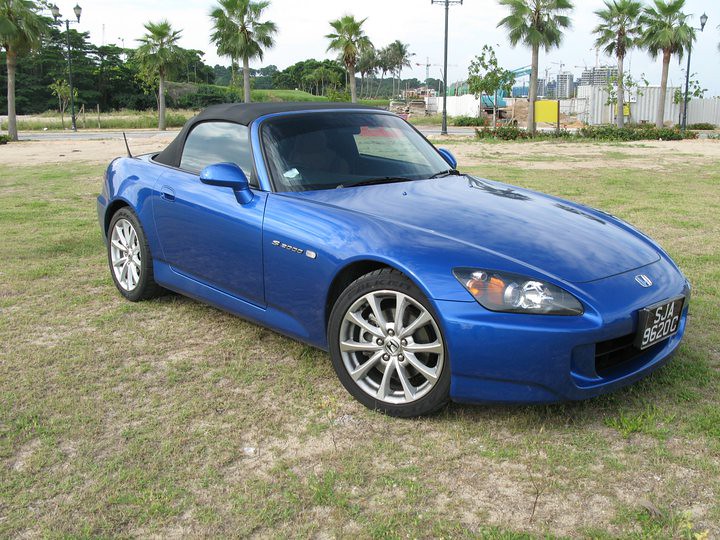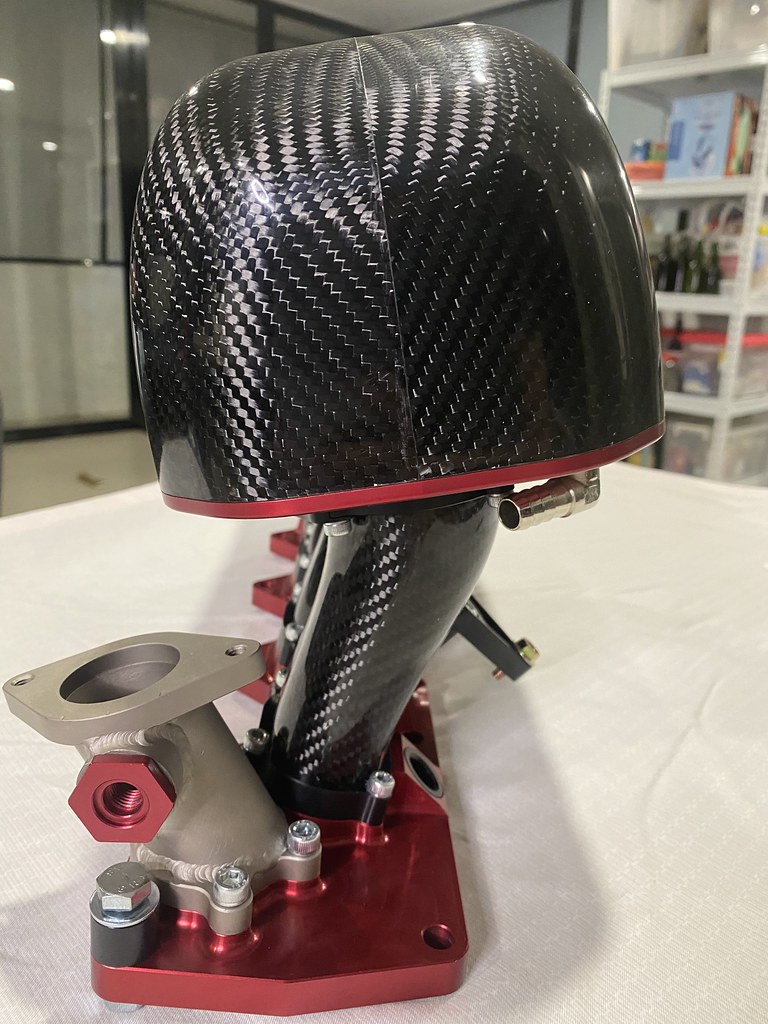Ever since I made my change to the Advan A052, I've been searching about for a good baseline pressure to run and I thought it might be good to summarize some of my thoughts about what I've come across relating to setting up a tyre for my use.
Tyres are after all probably the most complex part of the car and changes in technology have clearly dramatically changed our view on what works the best. One example of this shift in acceptance in how we view tyres might be seen in cyclist tyres where for some time it was accepted that a thinner tyre with a higher pressure would result in a lower rolling resistance and thus be quicker but now a wider tyre on a properly sized wheel would actually be proven to be quicker.
Wheel Width:
Clearly tyre performance must taken in consideration with the wheels they will be run on. Here's a summary of steps I would take to choose the wheel I will need to run:
a) Pick the tyre you want in the width you want
b) Check the tyre tread width
c) Look for a wheel that matches as closely for the specific tyre tread width
Clearly some compromise might need to be made with respect to the wheel that can clear your current (or planned) big brake kit and clearance within the wheel well.
Some wider wheels do end up rubbing against the inside of the arm at full lock and I found Rob Robinette's blog (check out https://robrobinette.com/S2000Alignment.htm ), which has a wealth of information regarding S2000 modification, highlighted these OE Ford steering rack spacers which could be fitted to the S2000 for limiting lock enough so it doesn't contact the arm at full lock.
Some of the helpful info from Rob Robinette's blog, read his blog directly for more detail
Picked up the items for myself through Amazon
Tyre Pressure:
This is a tricky topic so I'll relate a bit from where I come from to lead into the thought process.
Back when I was running the Hankook RS3 in square 255/40/17, the first tyre that in my opinion began the 200TW tyre "war", I was told that the go-fast pressures would be about 29-30 psi hot. When I mentioned how others ran about 34-35 psi hot, it was rubbished as being way off the mark and me reading too much of forum knowledge. 34-35 psi hot did eventually yield me great wear and good lap times much to the surprise of those who had written my setup off. Going lower to 32-33 psi hot didn't feel particularly good maybe due to the rather soft sidewalls.
Moving to the Achilles 123S in square 255/35/17, I began experimenting with slightly lower pressures based on the wear patterns I noticed from the use on the track. I eventually settled at about 33 psi hot which seemed to yield the best results, going lower to about 31-32 psi would tend to let the tyres rollover a bit too much.
Now moving to the A052, I started seeking a new baseline to begin my fine tuning as I had totally departed from the realm of 17 inch tyres. Unfortunately, even before COVID 19, there is no neighborhood track I can use to fine tune my settings so finding a baseline to begin from which is closest to optimal would be important. Taking a step back, I observed that my car had progressively shed some weight through lightweight seats and removal of the soft top which I now realise definitely did impact the optimal tyre pressure to run.
Currently my car would be about 1200kg fully loaded before the driver so I started looking around for comparable cars weighing about the same, having modest power output and being known for exemplary handling. I came across the series 3 Exige which had rather interesting factory specifications for the tyres used. The Exige owners have a choice between Pirelli P Zero Trofeo and the Michelin Pilot Sport Cup 2 but both have very different recommended pressures namely 38 psi for the Pirelli and 32 psi for the Michelin.
Clearly the difference of the construction of the tyre is significant enough to warrant a large change in tyre pressure to be run. I would consider the construction of the carcass of the A052 in the lower profile sizing I am running to be much closer to that of the Michelin Pilot Sport Cup 2 than the Pirelli. This information combined with some real world user input from old timer S2KI members who have actually used the A052, I got a reasonable range to start playing around with pressures. The car didn't handle too well using the same pressures as I had previous run on the RS3 or the street driving pressures I ran for the 123S which were a touch higher than the optimal hot pressures but a bit lower and there was a marked improvement in overall handling.
I'll still be messing around to find the best middle ground to run the tyres while I sort out some of the minor fender rubbing I'm still experiencing. Stay tuned for more updates :)
Credit to:
Rob Robinette for information and screenshots from his blog, go check it out! https://robrobinette.com/S2000Alignment.htm






















































